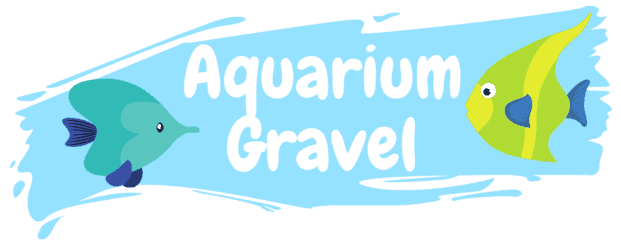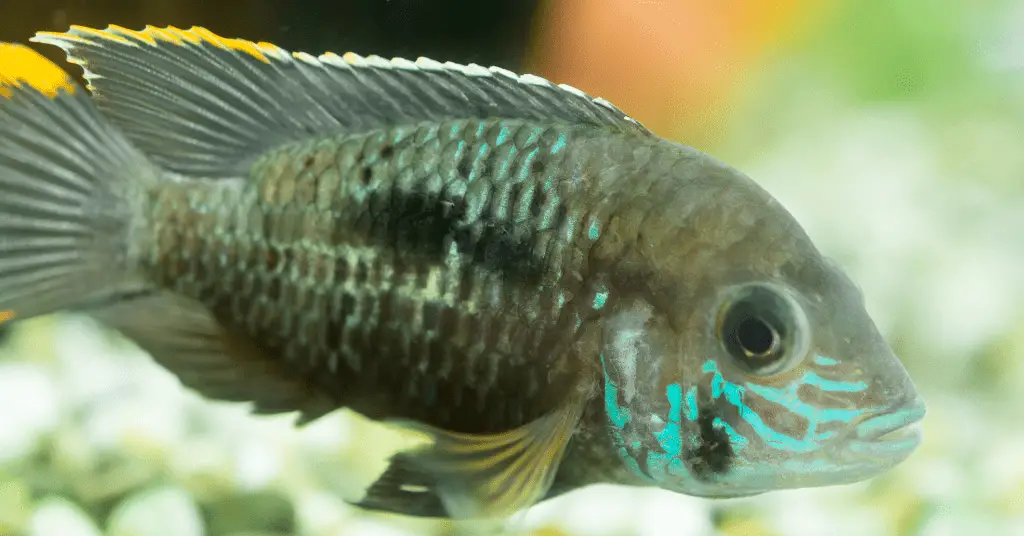Last Updated on June 27, 2022 by cmoarz
There are only a handful of things that can cause your molly’s tail to be bent. It might be a bit frightening to see a molly’s tail sagging or bending downwards, or in some cases, upwards, But most of the time it’s nothing to worry about. Here are the reasons this happens and what you can do about it.

The most likely cause is genetics
Table of Contents
Genetics plays a big role in a molly’s tail. If the parents had bent tails, then it’s likely that their offspring will too. This isn’t necessarily a bad thing and in most cases, doesn’t affect the fish’s health.
Because of how we breed mollies, Inbreeding and genetic disorders are common, Especially in varieties used as feeder fish.
Inbreeding is when closely related fish are bred together. This often happens when inexperienced hobbyists or breeders don’t have enough mollies to choose from.
While inbreeding doesn’t always have negative effects, It can cause genetic disorders like bent tails.
As long as the fish is swimming, eating, and generally being a happy molly, There’s no need to worry about a bent tail. As far as genetics go, there isn’t much you can do to fix this situation, unlike the alternatives below.
However, If the fish seems to be in pain or distress, or lacks appetite, it could be an indicator of the next issue:

Protozoan disease
Protozoan diseases are caused by single-celled organisms that can live both inside and outside of fish.
These diseases are often spread by contaminated water, and they can cause a wide range of symptoms, including ulcers, lethargy, and disruptions in the fish’s gastrointestinal tract. Or even a bent tail seemingly overnight.
In severe cases, protozoans can cause death. Hexamita is one type of protozoan disease that commonly affects fish, although there are countless others, such as ich which can also cause tail bending in some circumstances.
This disease is caused by a parasite known as Hexamita, which can lead to ulcers, diarrhea, weight loss, and listlessness in infected fish.
While there is no outright cure for hexamita, affected fish can be treated with metronidazole (Flagyl). Added to food is ideal, However, if the molly isn’t eating, a bath will work too. Metronidazole is a first-line drug that can be taken by mouth at a dosage of 50 mg/kg body weight (or 10 mg/gm food) for 5 days in a row.
Always remember to follow the directions on the package.

Clamped fins
Clamped fins are a condition that can affect fish, causing their fins to fold or lay flat against their body. This can be a serious problem as it can make it difficult for the fish to swim and may lead to other health problems.
There are several possible causes of clamped fins, including stress, poor water quality, and trauma.
In most cases, clamped fins can be treated by improving the water quality and providing the fish with a stress-free environment, and providing a bit of vitamin C for good measure. (Vegetable flakes work great for this).
Keep an eye out on your ammonia, nitrite, and nitrate levels and do water changes as necessary. Remove any stressors like bully fish.
However, if the cause is trauma, then more intensive treatment may be necessary. Regardless of the cause, clamped fins can be a serious issue for fish and should be addressed as soon as possible.

Physical damage
This is less likely to happen in most aquarium setups, although the most common cause is falling hardscape, like rocks or driftwood.
Usually, physical damage presents with skin damage, blood, or an open wound.
If the damage is severe, it’s possible for the fish to die. In most cases, though, the molly will recover on its own given time.
If you think your molly has injured itself, keep an eye on it and make sure the wound doesn’t get infected. If it does, you can treat it with antibiotics.
Bumps, bruises, and scrapes are all common in the fish-keeping world. And while they might look bad, they usually heal on their own without any intervention from you.
About
Owner of AquariumGravel.com and also owner of actual Aquarium Gravel believe it or not! ;). Setting up beautiful aquarium sceneries and habitats since I was very young. Enjoy!
- Web |
- More Posts(290)

